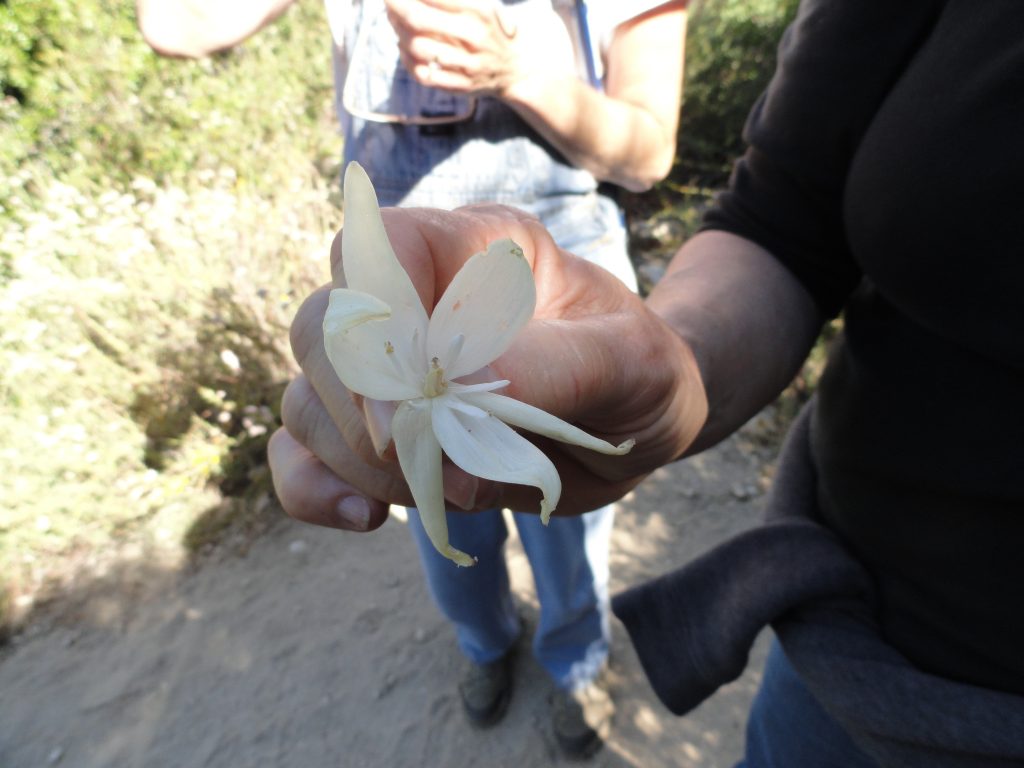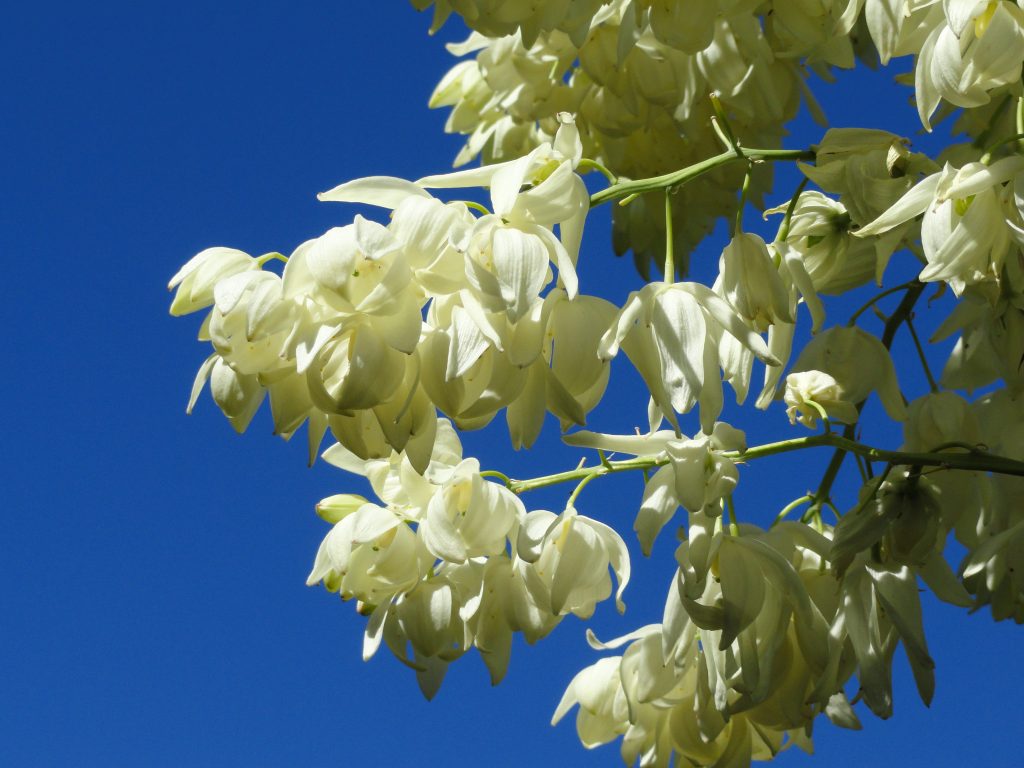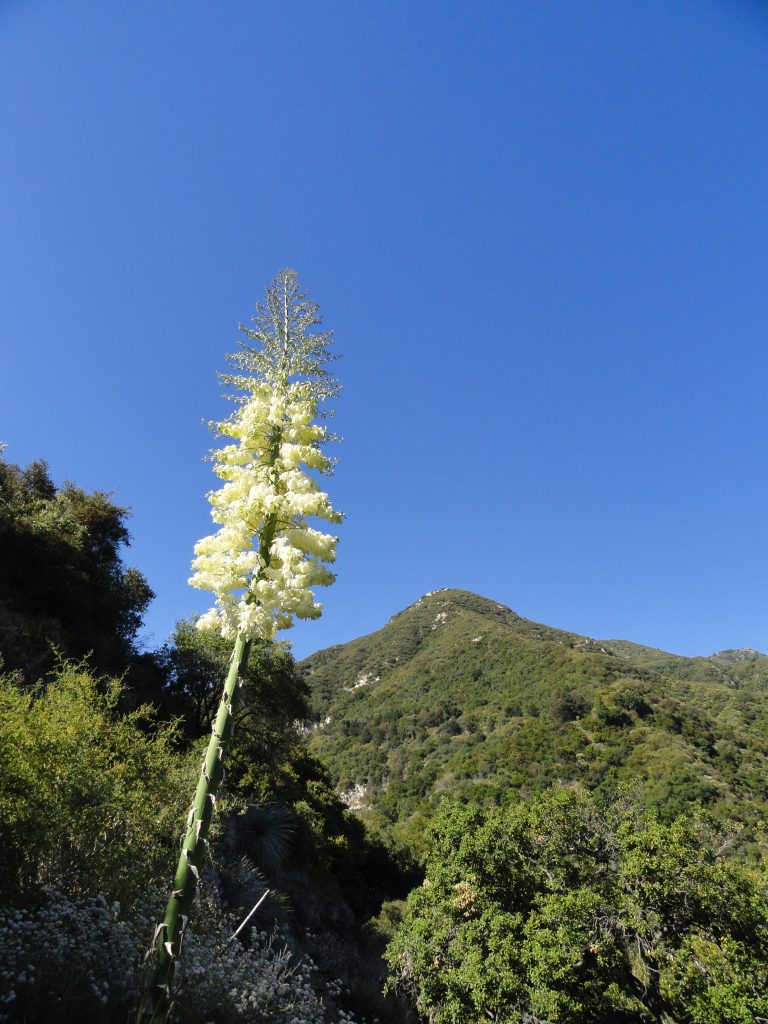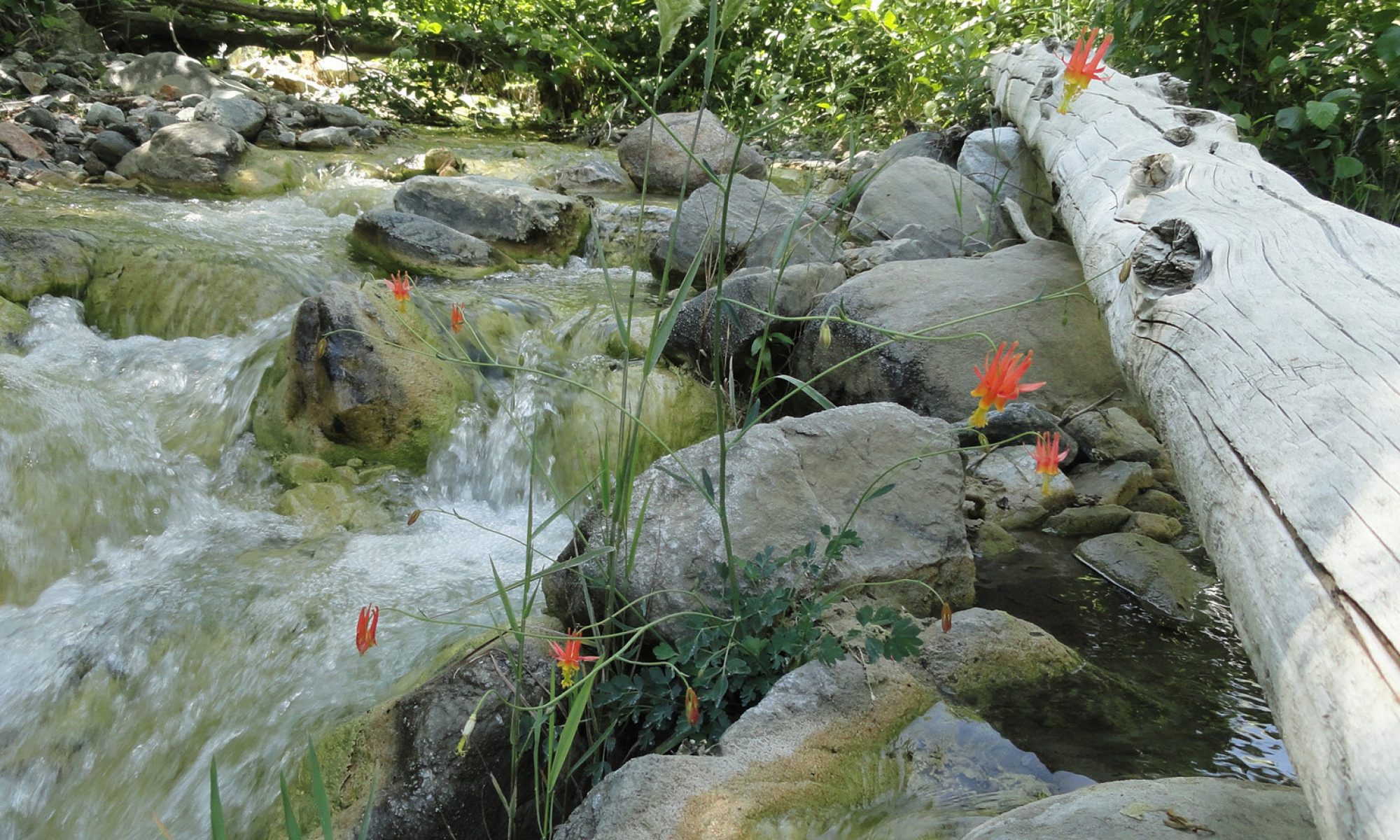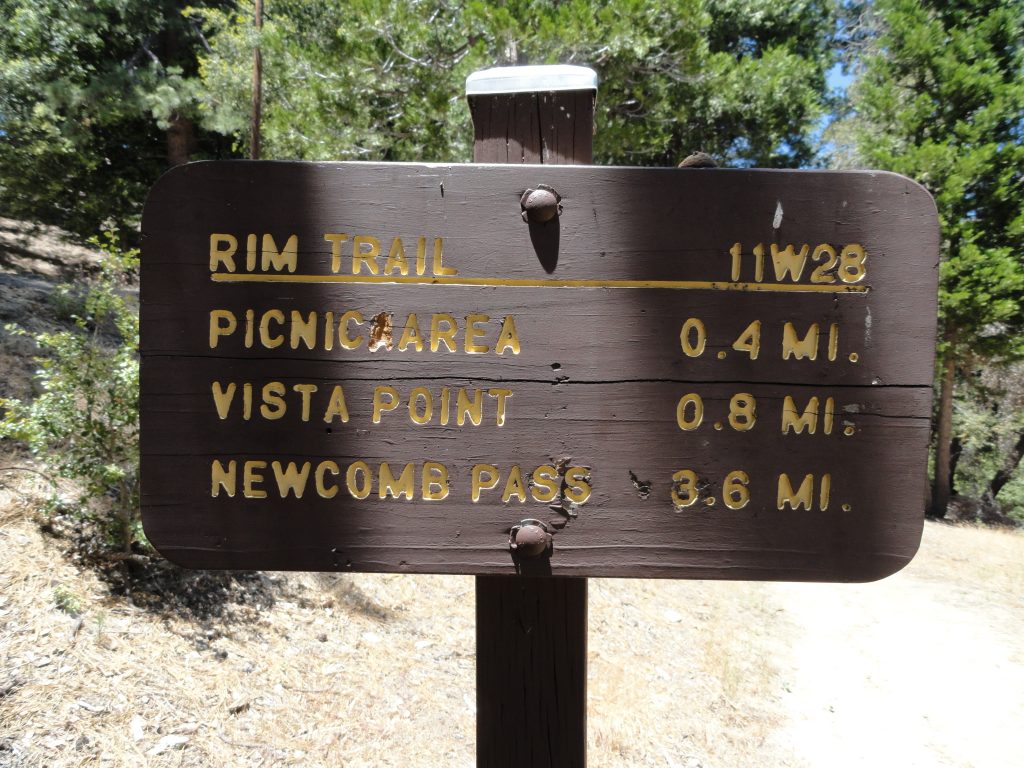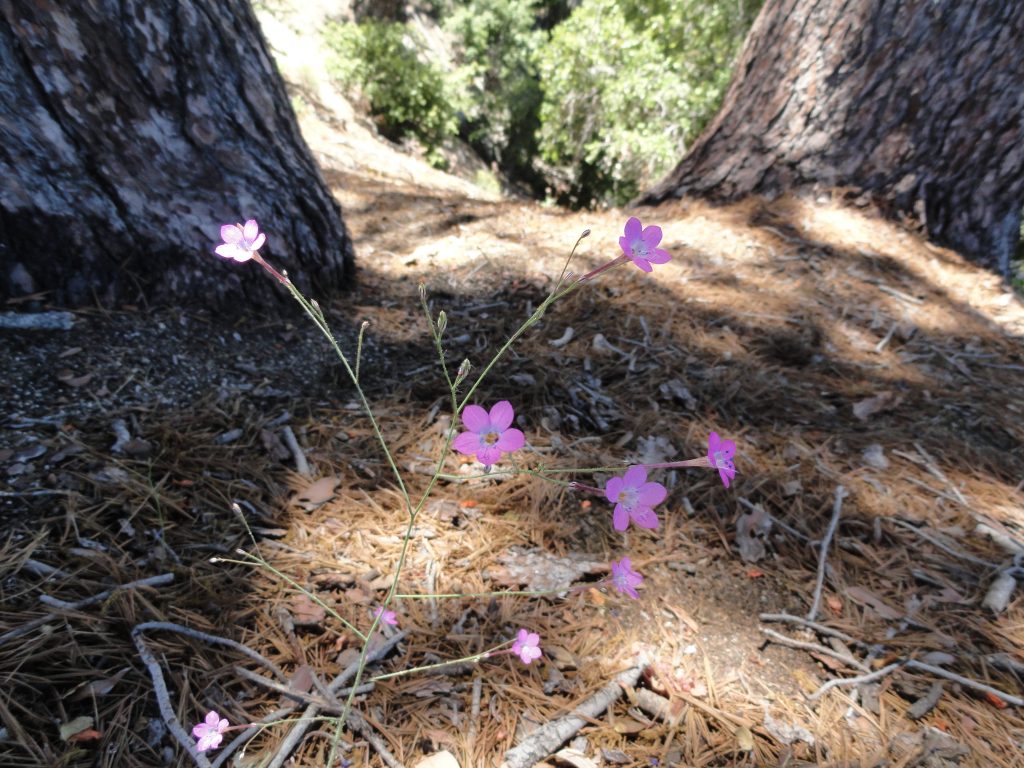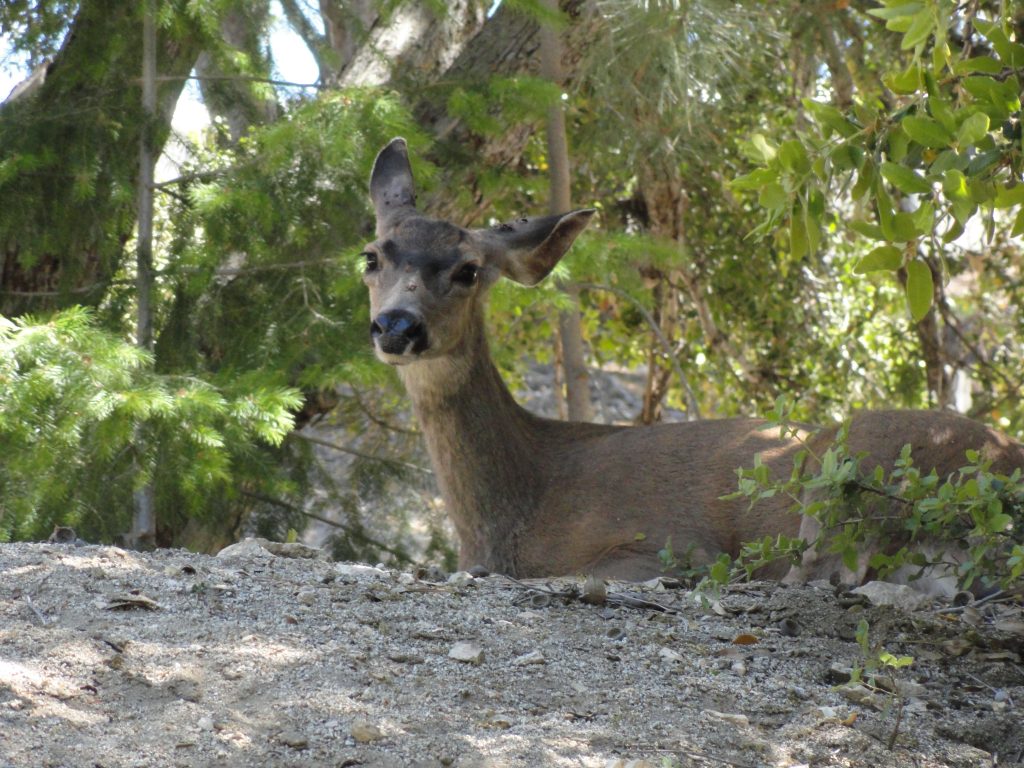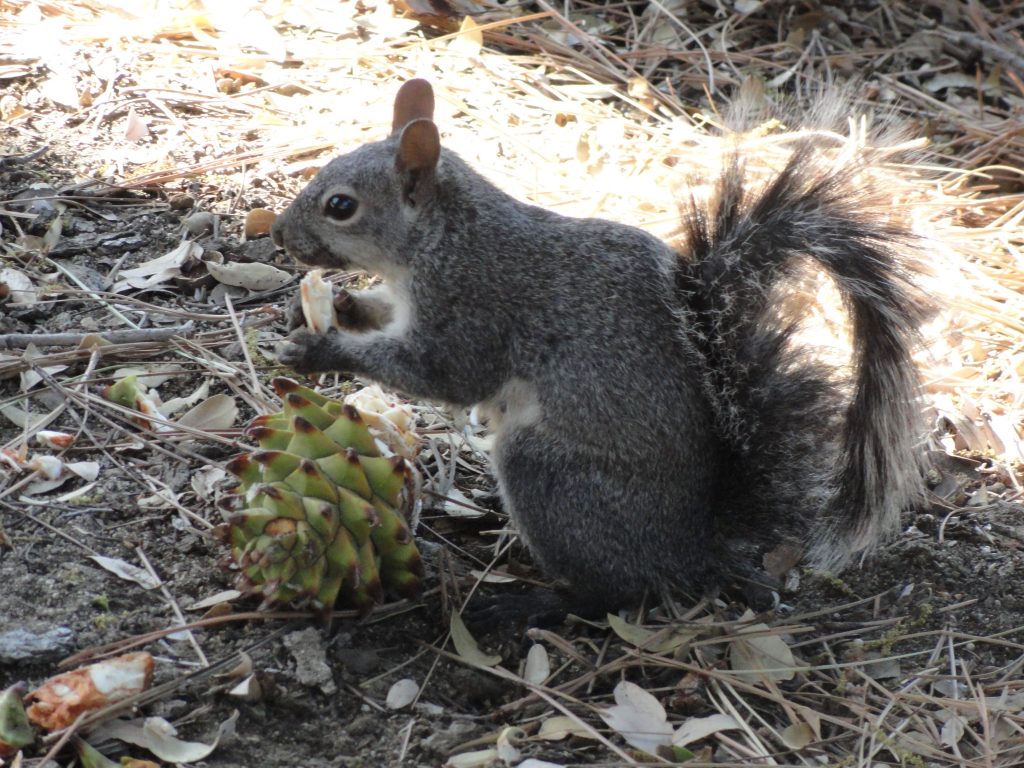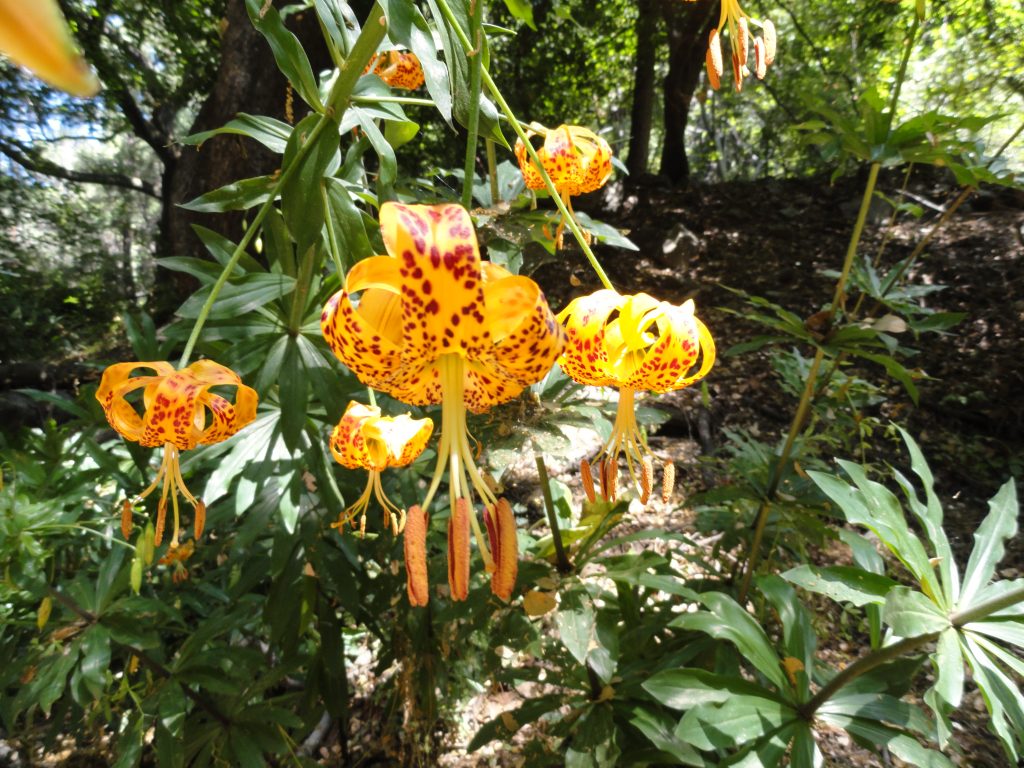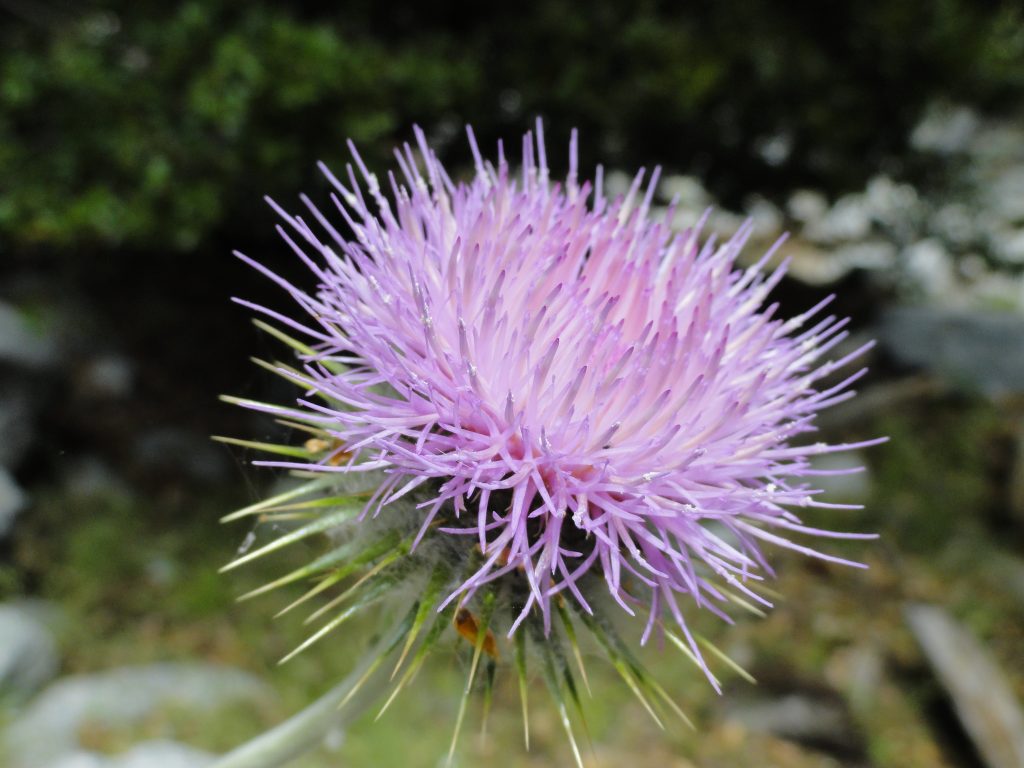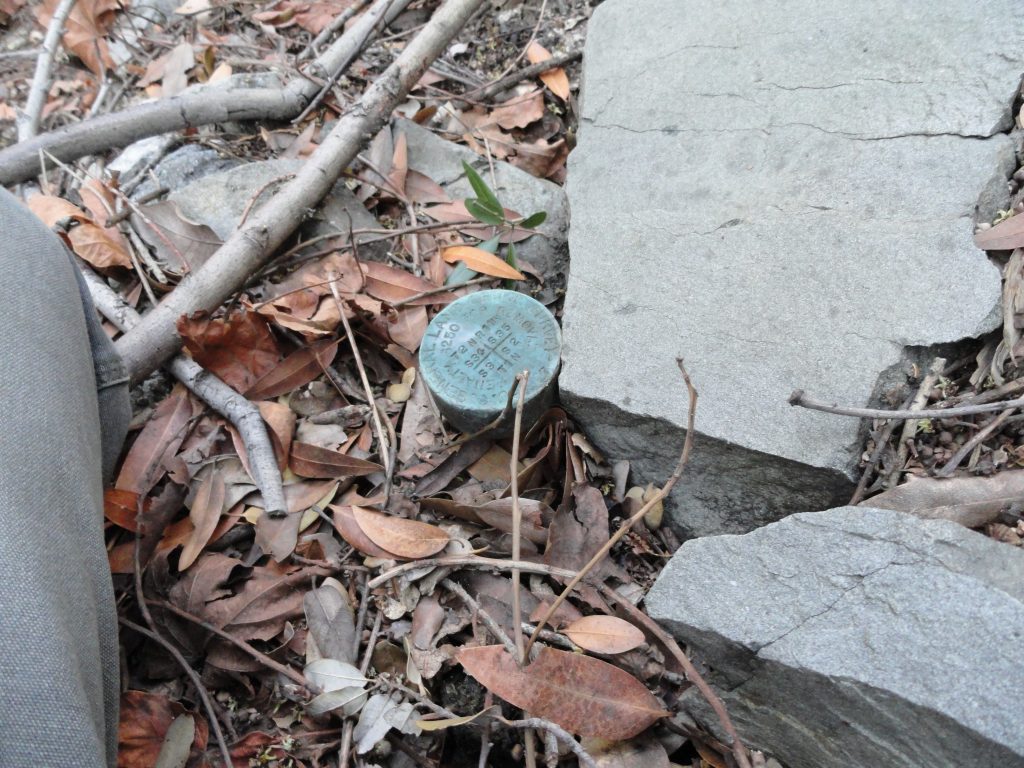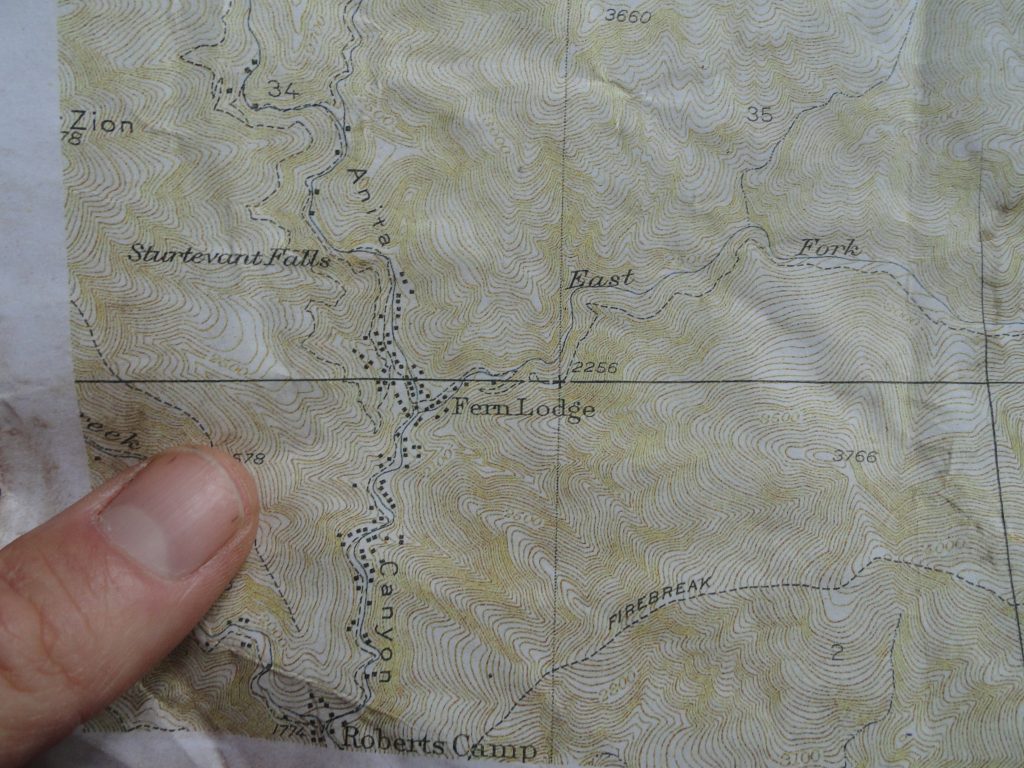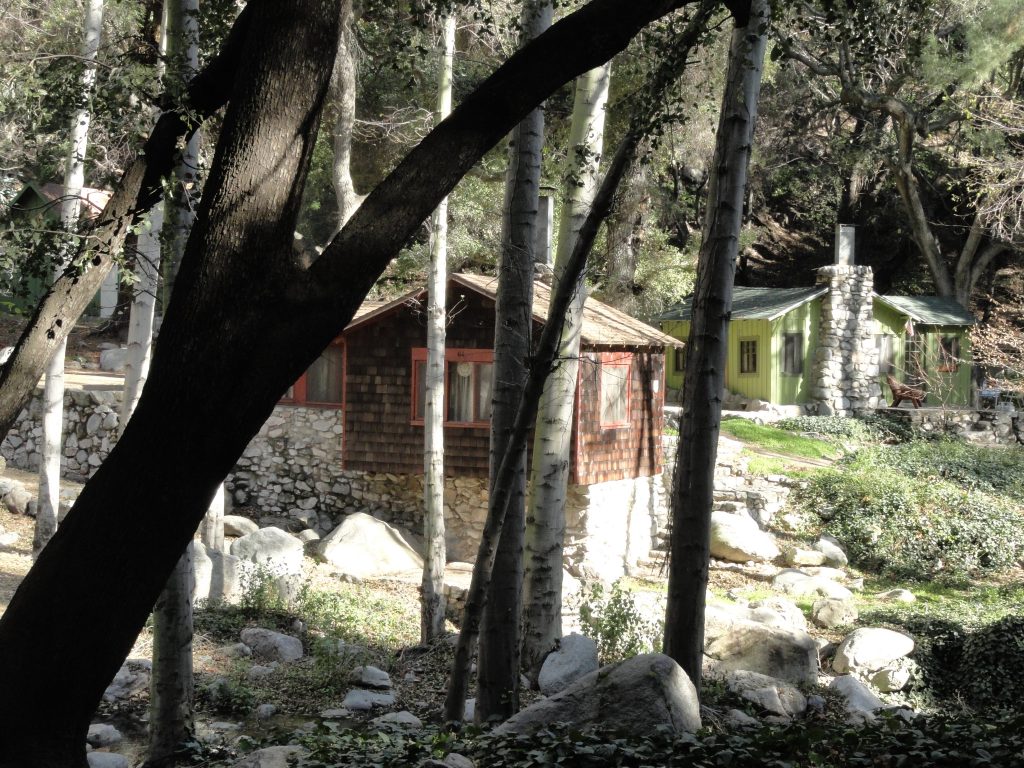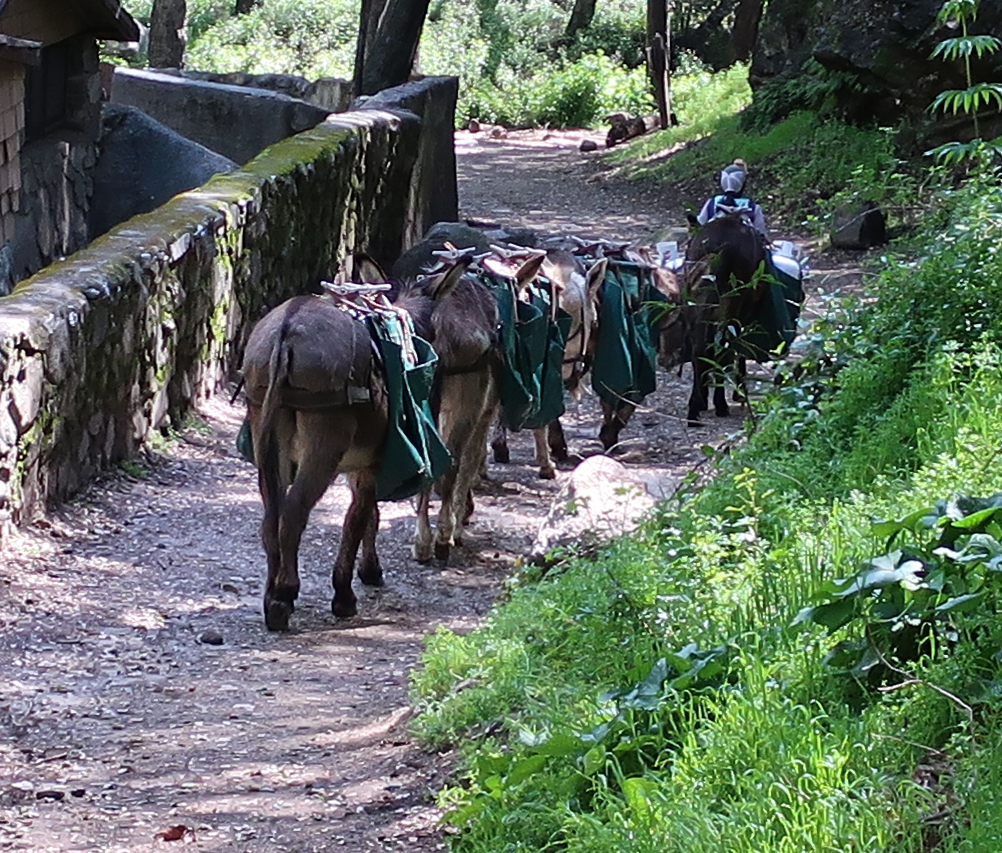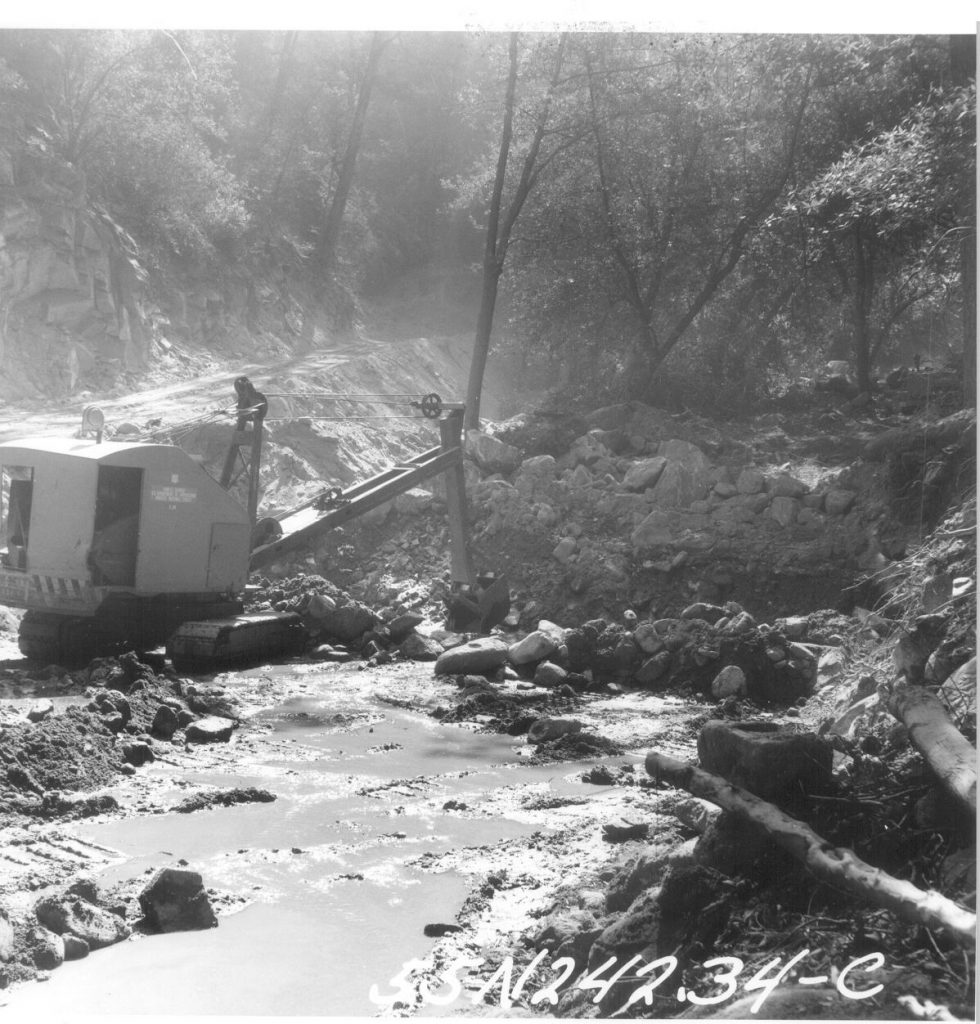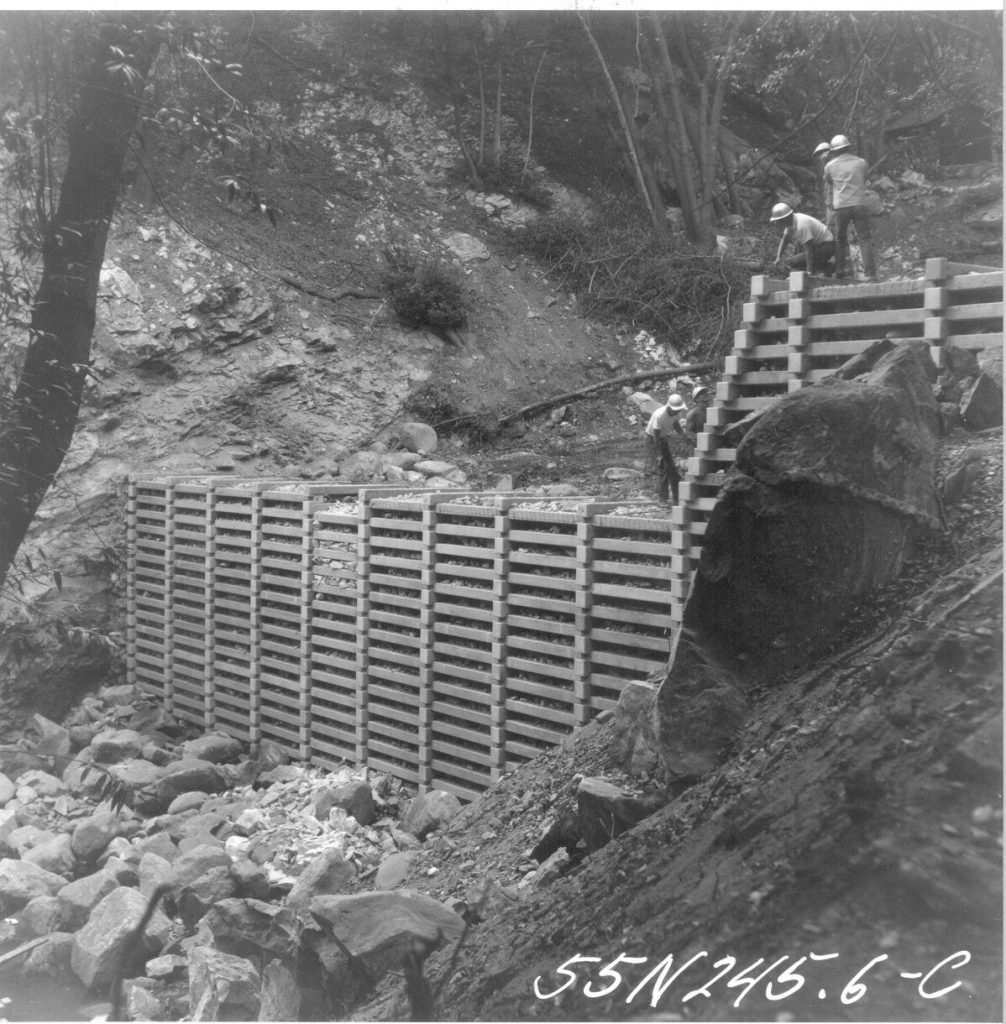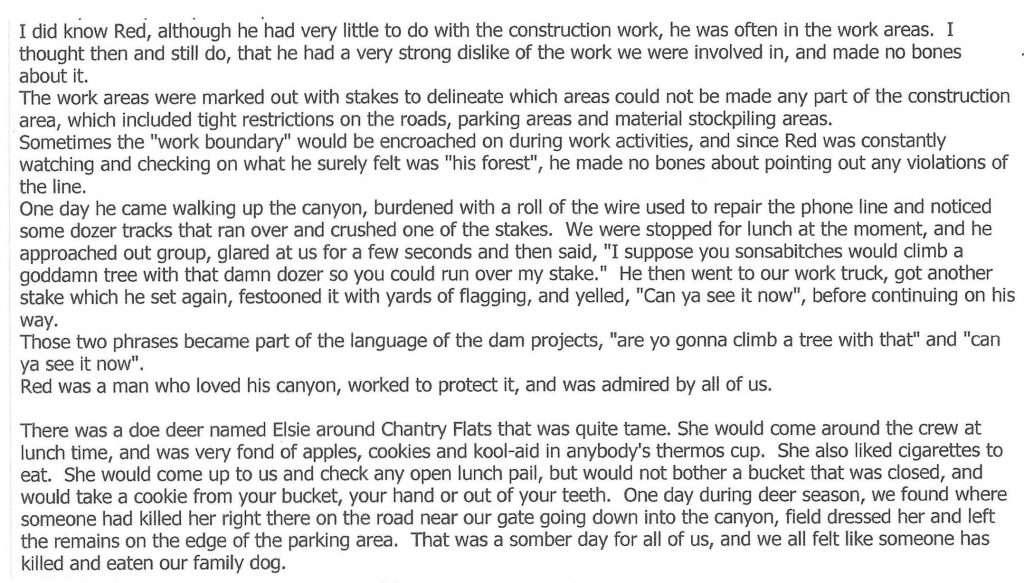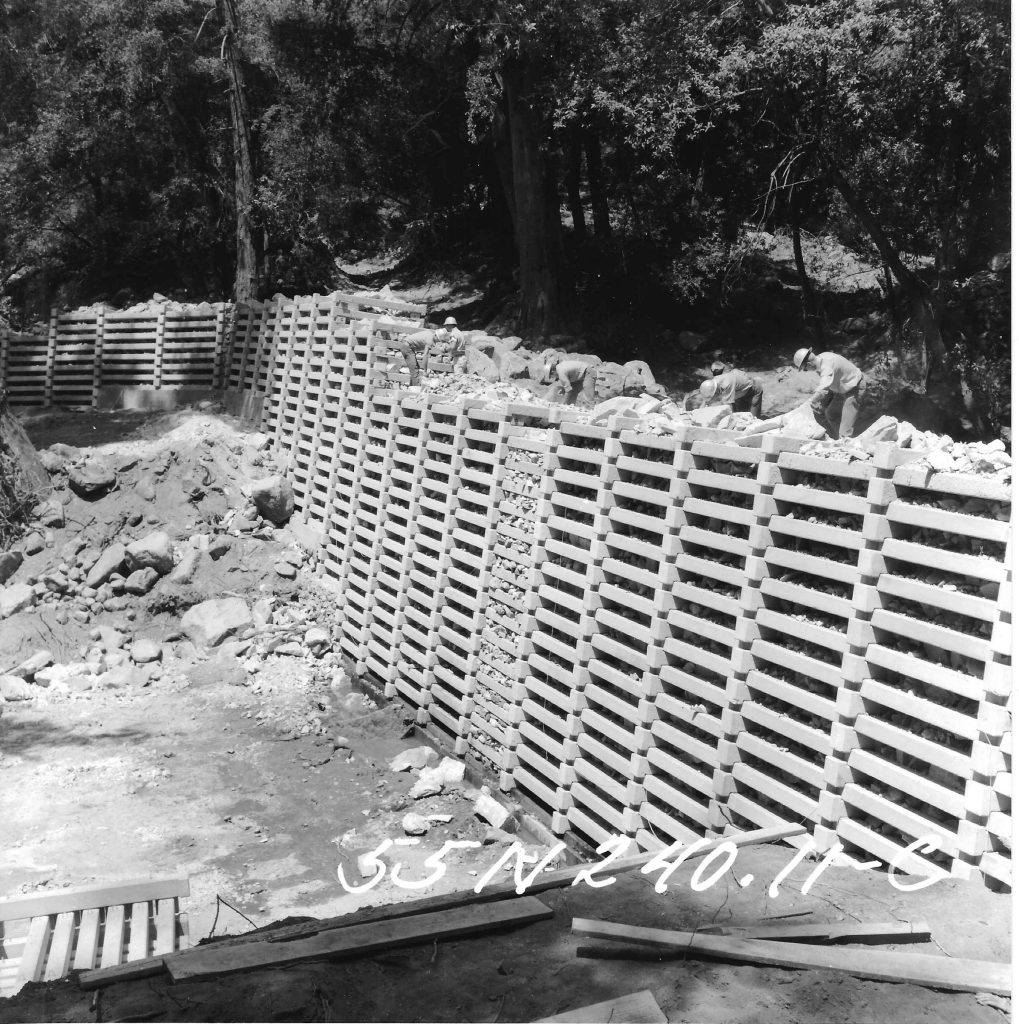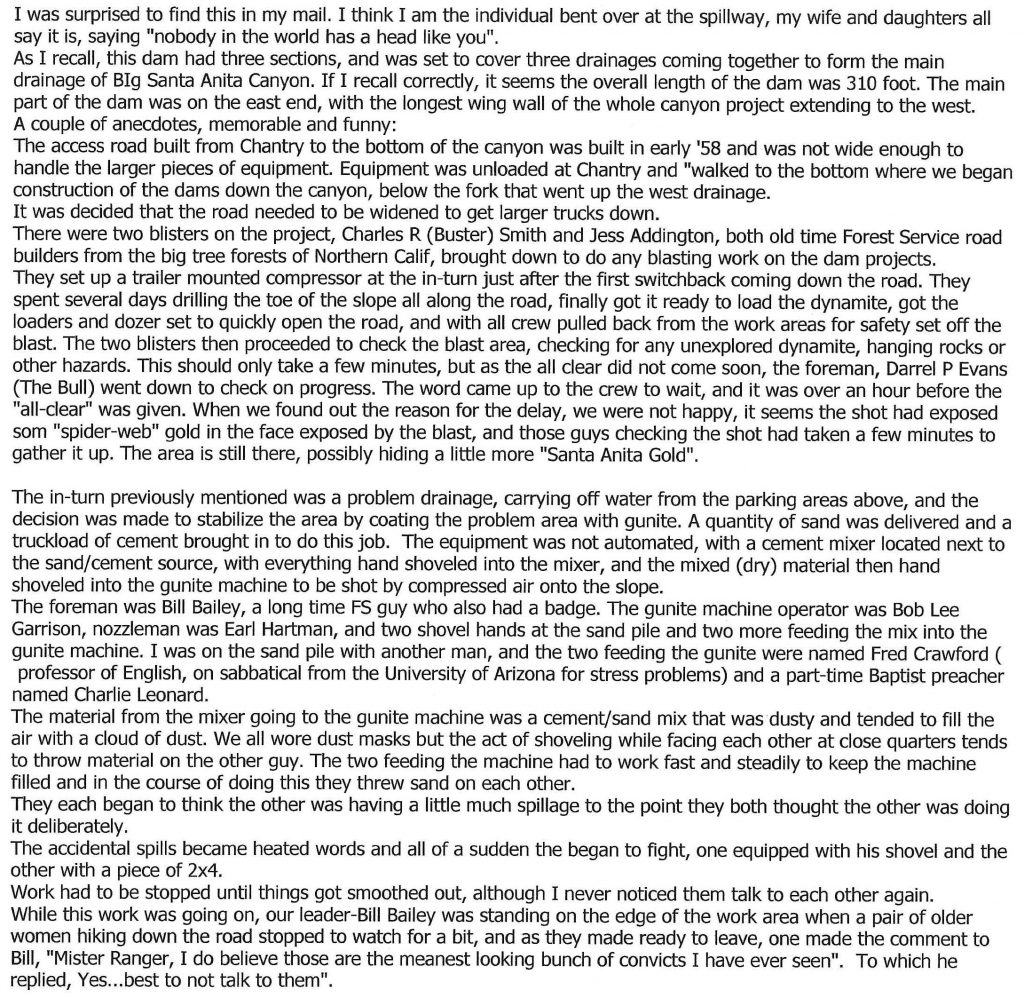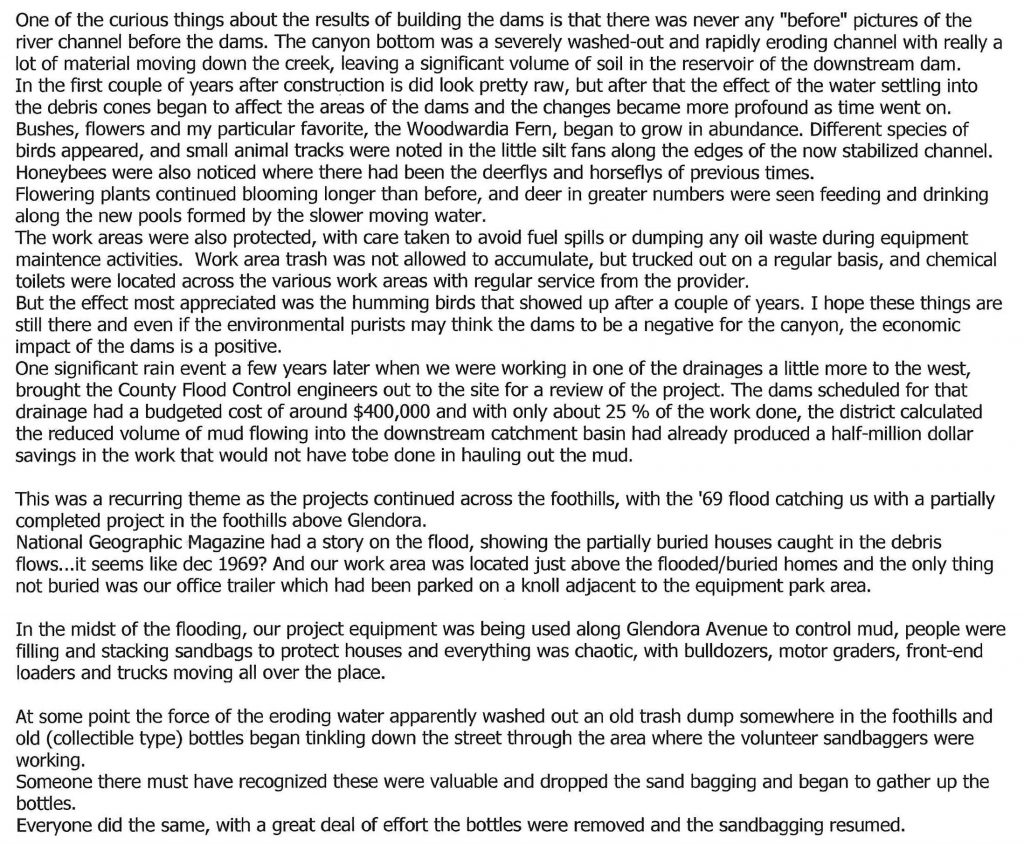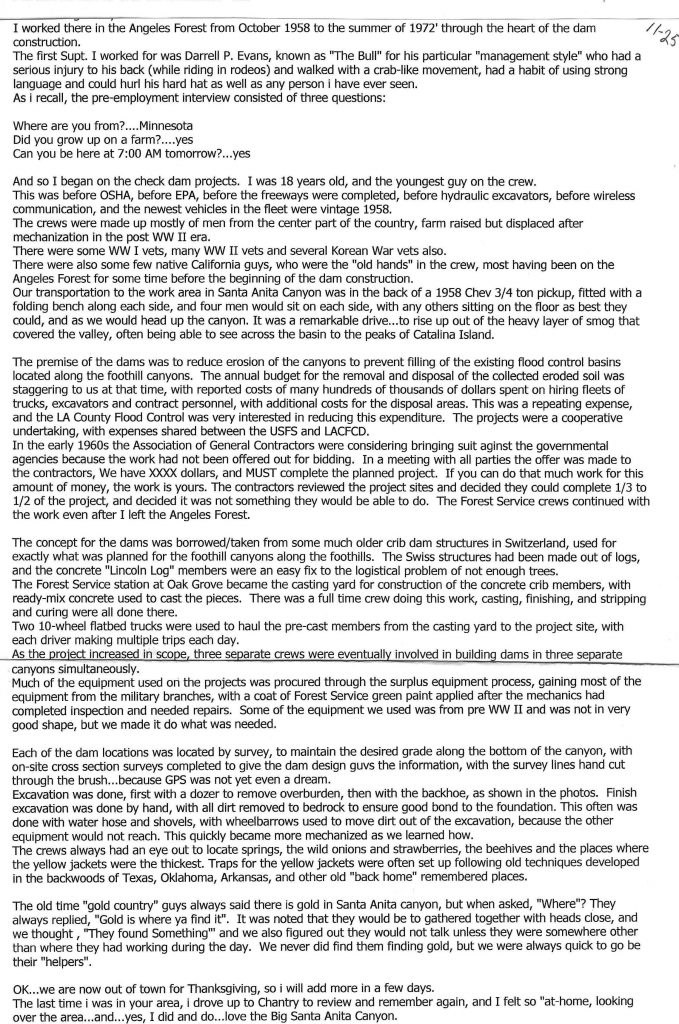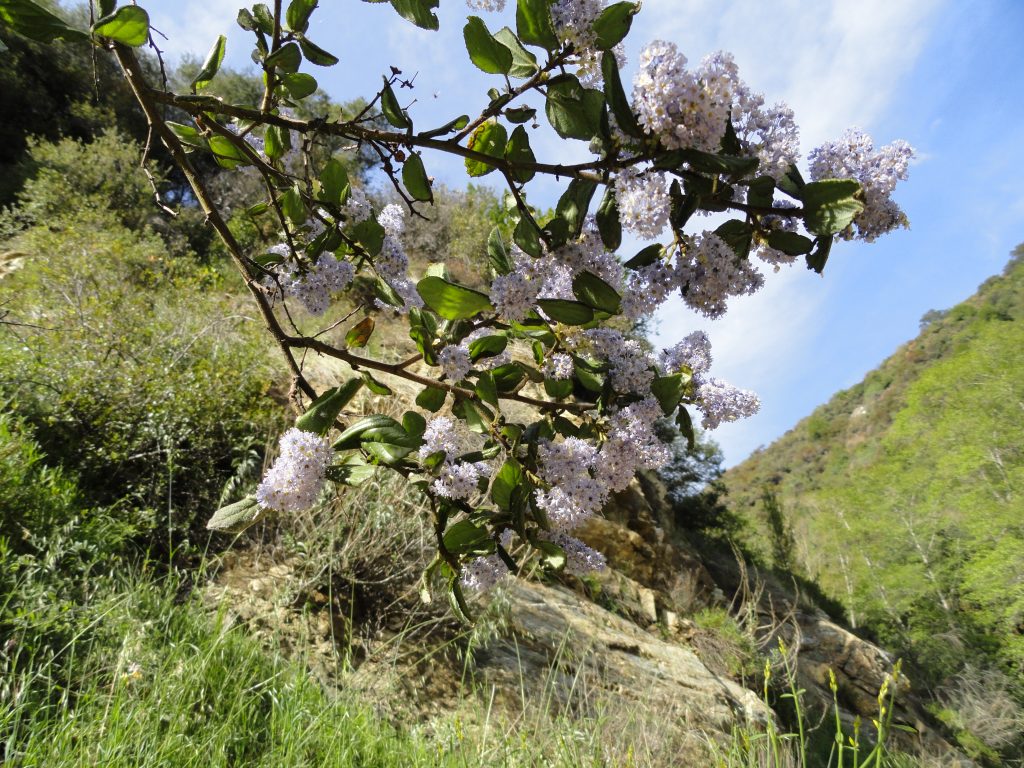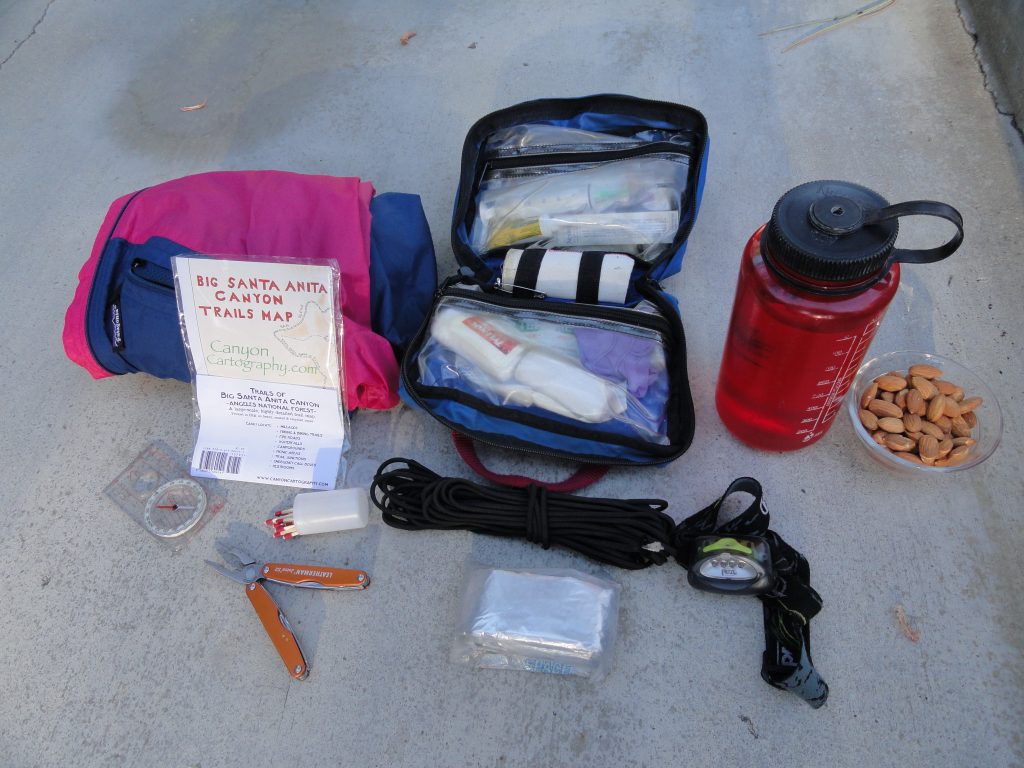
The 10 essentials
When out hiking or biking the beautifully rugged canyons of the San Gabriels, it’s tempting to just go without any extras. No pack, nothing in our hands, nada. Yet, here’s something to consider.
The Big Santa Anita Canyon, like many front-country canyons, is tantalizingly close to the the urban expanses of pavements, cars and cell phone reception. In no time, well maybe 20 minutes, you’re at the trailhead and onto single-track foot trails or perhaps ambling x-country up a steep canyon. The mindset of urban and suburban thoughts barely have the time to shift to the contemplative, natural thought processes of traveling in relatively open and wild places. Your body’s muscle memory hasn’t quite caught up either. It’s all happening so fast.
What a gift this is to have such quick access to the canyons, ridge lines and slopes that are so dear to our hearts. More and more people each year are discovering the same miracle of this unique geography. And although we continue to spontaneously take off for the mountains from our suburban springboards, doing that mental and physical shift over and over, again can be met with surprises at any stage in our lives.
Eventually we all get caught out in the dark without a flashlight during those autumn days when the amber light dwindles rapidly to long nights. We run out of water on a hot and exposed ridge line in mid-summer. We end up soaked to the bone on a frigid winter day that started out sunny and all too quickly became windy and rainy before returning to the trailhead. We thought that the trail certainly should have peeled off the ridge by now or that we may have missed the junction just below the campground that we really need to find before starting dinner and getting the tent set up. If I’d brought a detailed map of the area along with a compass, maybe I’d already be there and fed. On and on it goes. Rarely does nature bail us out of our mistakes. And …. maybe, if you’re lucky, you’ll run into someone who is prepared for being out here. I hope they get here fast!
Instead of depending on someone else to help you out of the unforeseen, consider being a guiding light to someone else who just might need you! By carrying a small number of essential items, you may just end up being a blessing to a complete stranger in an entirely unpredictable situation that might have ended tragically had you not been there. You just never know.
So, what should you have on you, regardless of the time of year? Here’s a short list.
A well-stocked first aid kit, with the knowledge of how to use it. Add a Sawyer Extractor kit to your first aid kit.
Flash light or headlamp with fresh batteries.
At least a liter of water for each person travelling. Two liters if the weather’s hot.
A detailed map of the area where you’ll be travelling. Review your map prior to leaving the trailhead!
An orienteering compass with transparent base plate. If you have a GPS device, still bring a reliable compass.
Light jacket. PolarTec or another type of synthetic fiber is a good idea in case you get wet.
Space blanket. This is a very tightly folded, silvery coated sheet that you could wrap yourself into if you had to spend the night unexpectedly . Once you take it out and unfold it, you’ll never get it back in the original package!
Lightweight poncho or rain gear.
50′ of parachute cord or equivalent.
Waterproof matches and/or butane lighter.
Cell phone. If you’re in a spot where you might have reception, you’d be able to keep the panic level down at home, while letting them know that you’re just late and o.k. If you need Search & Rescue, you can reach them as well.
